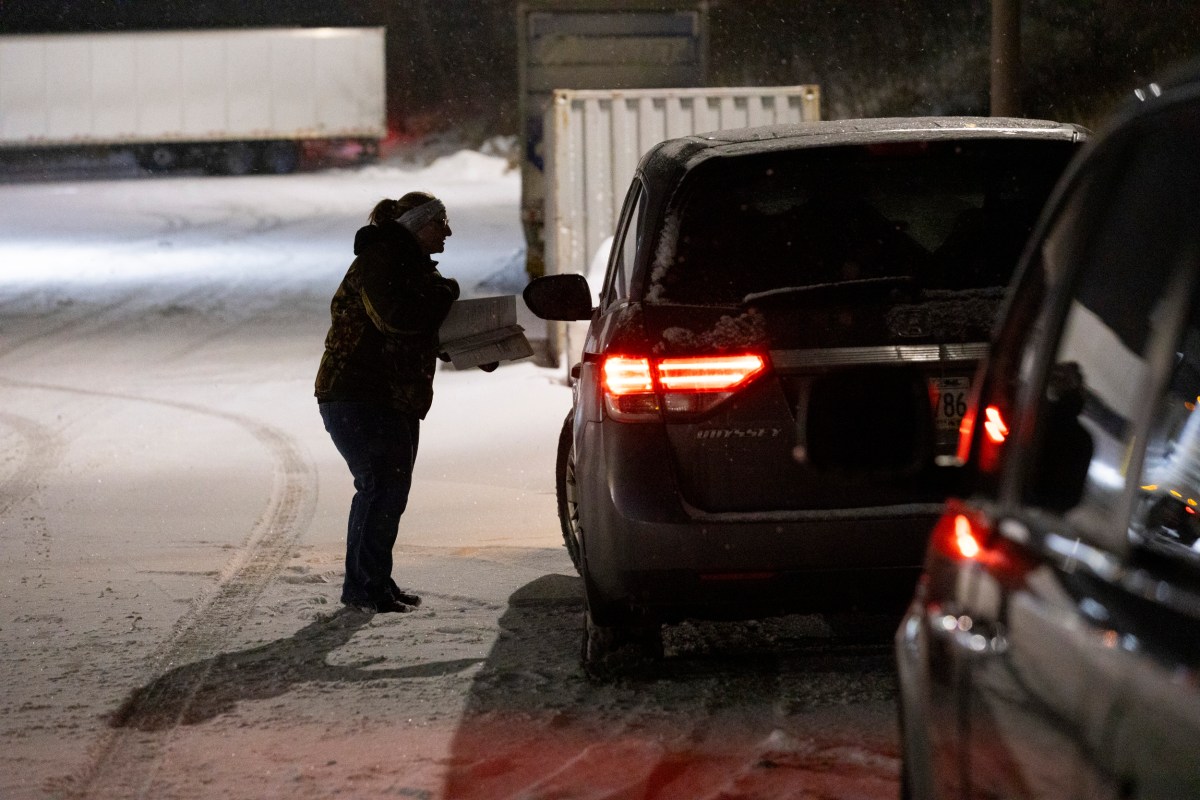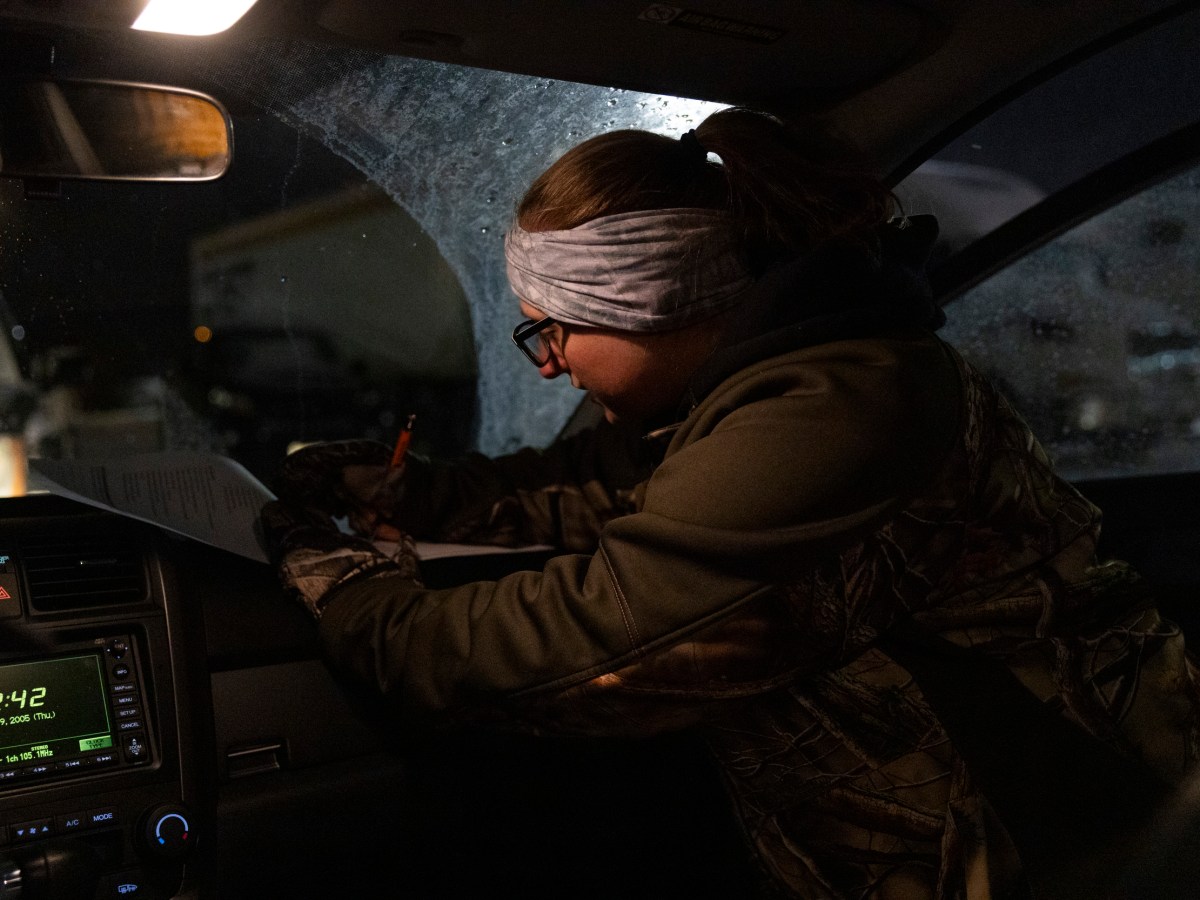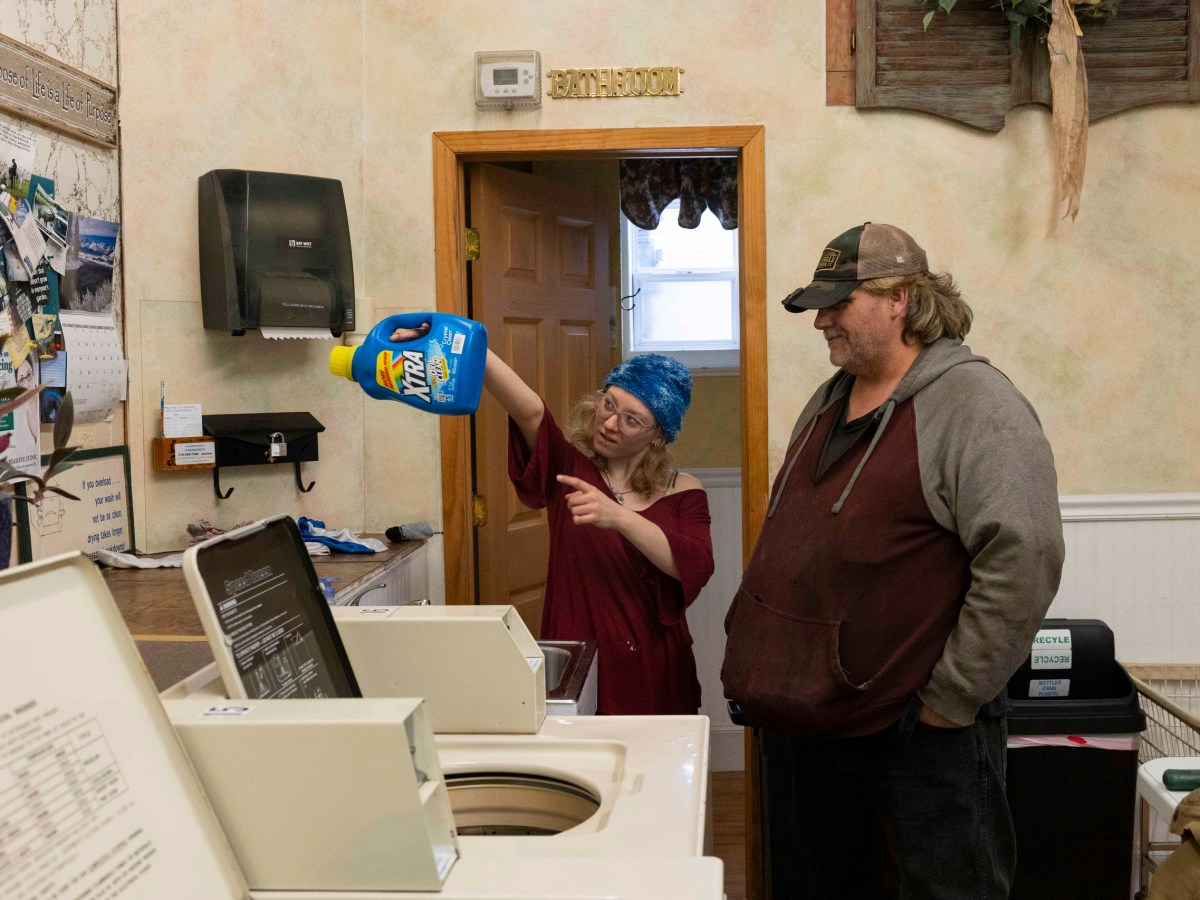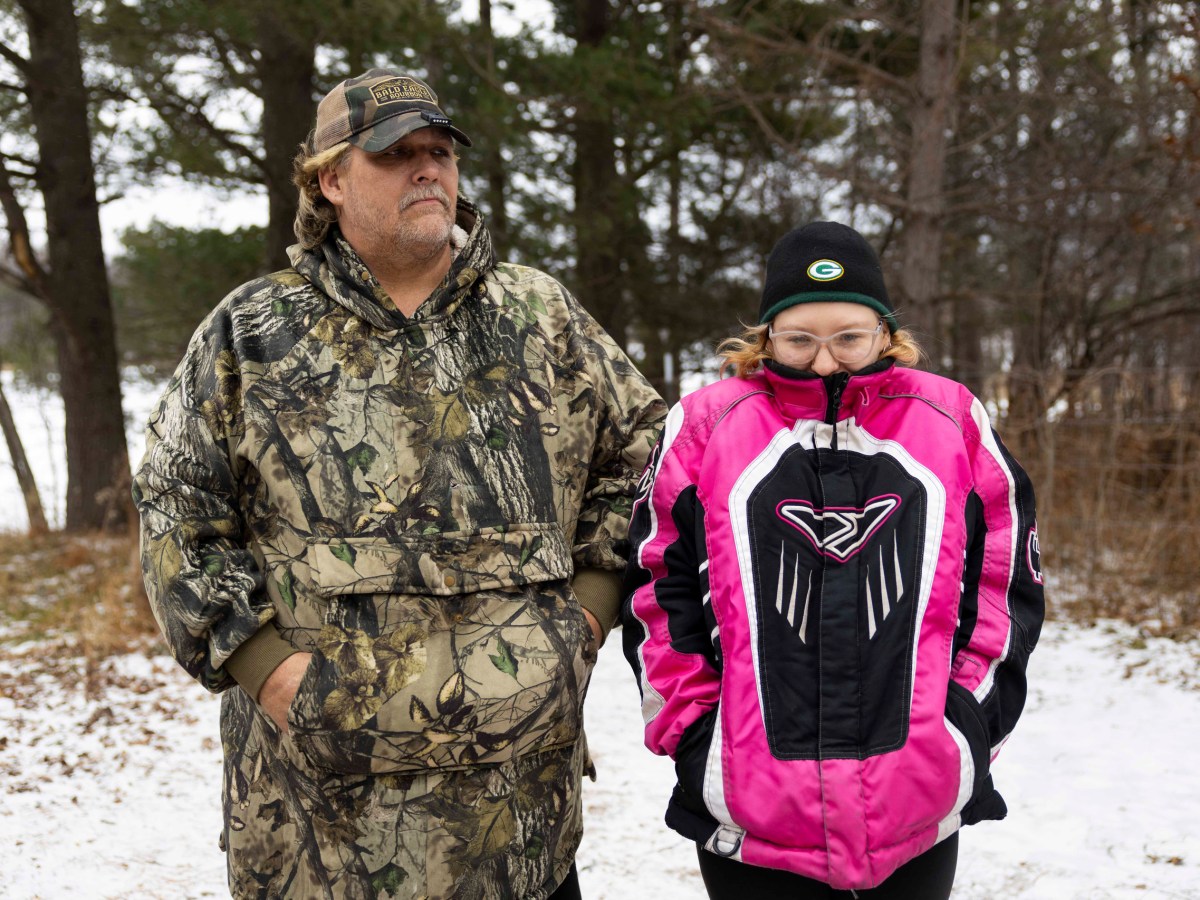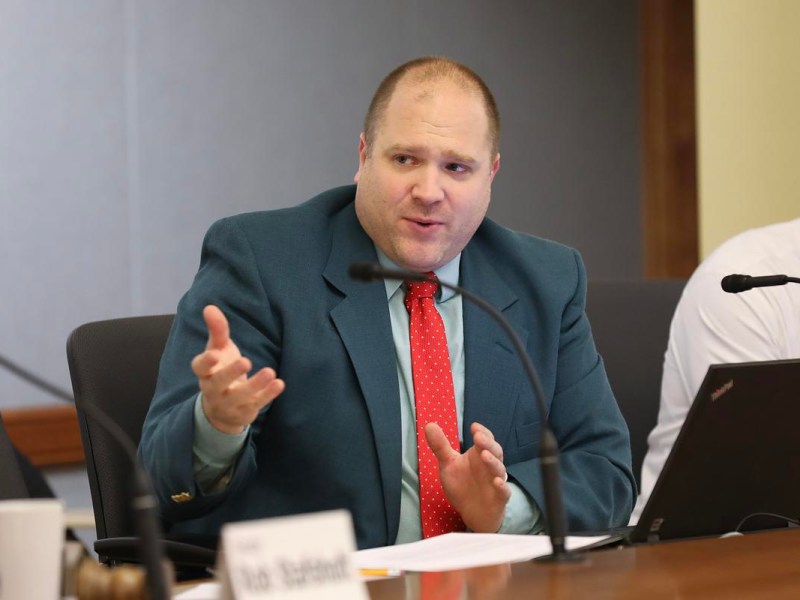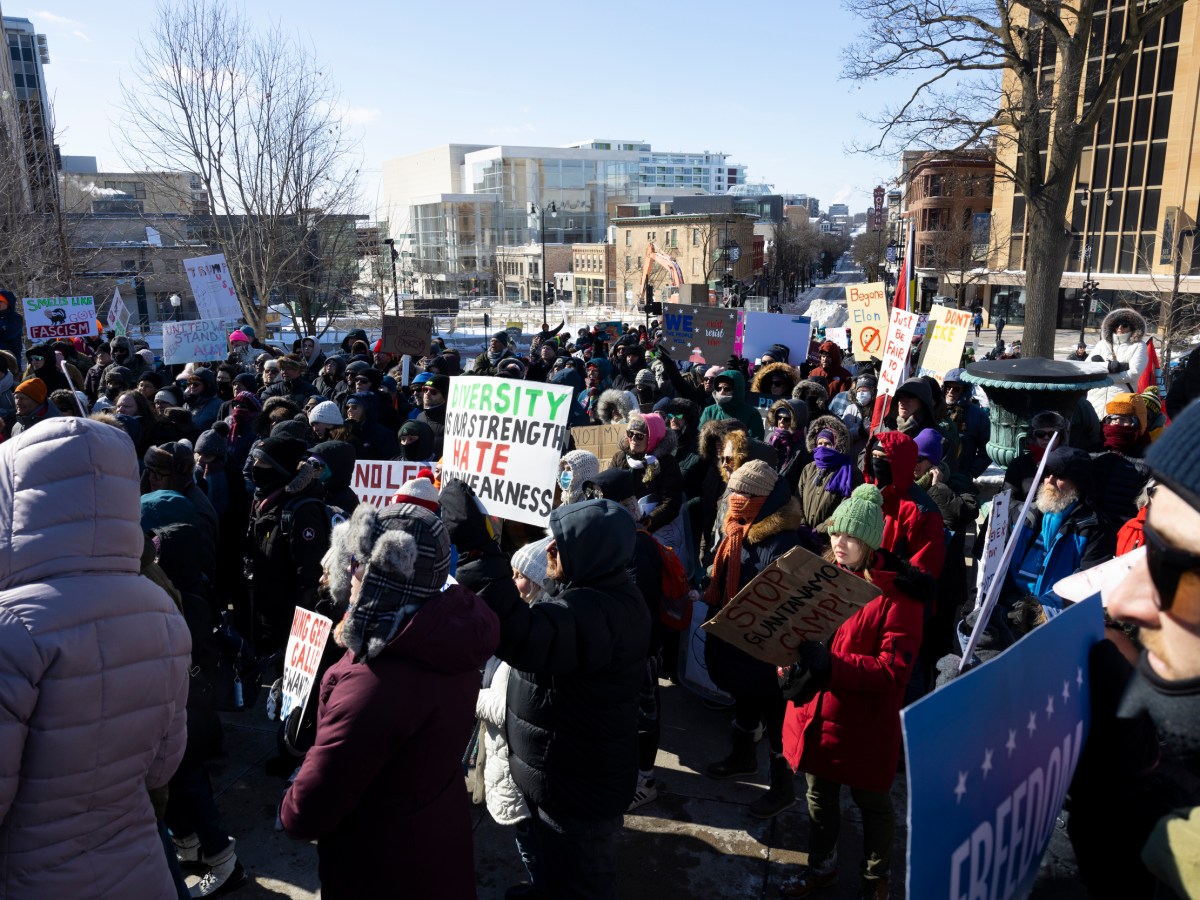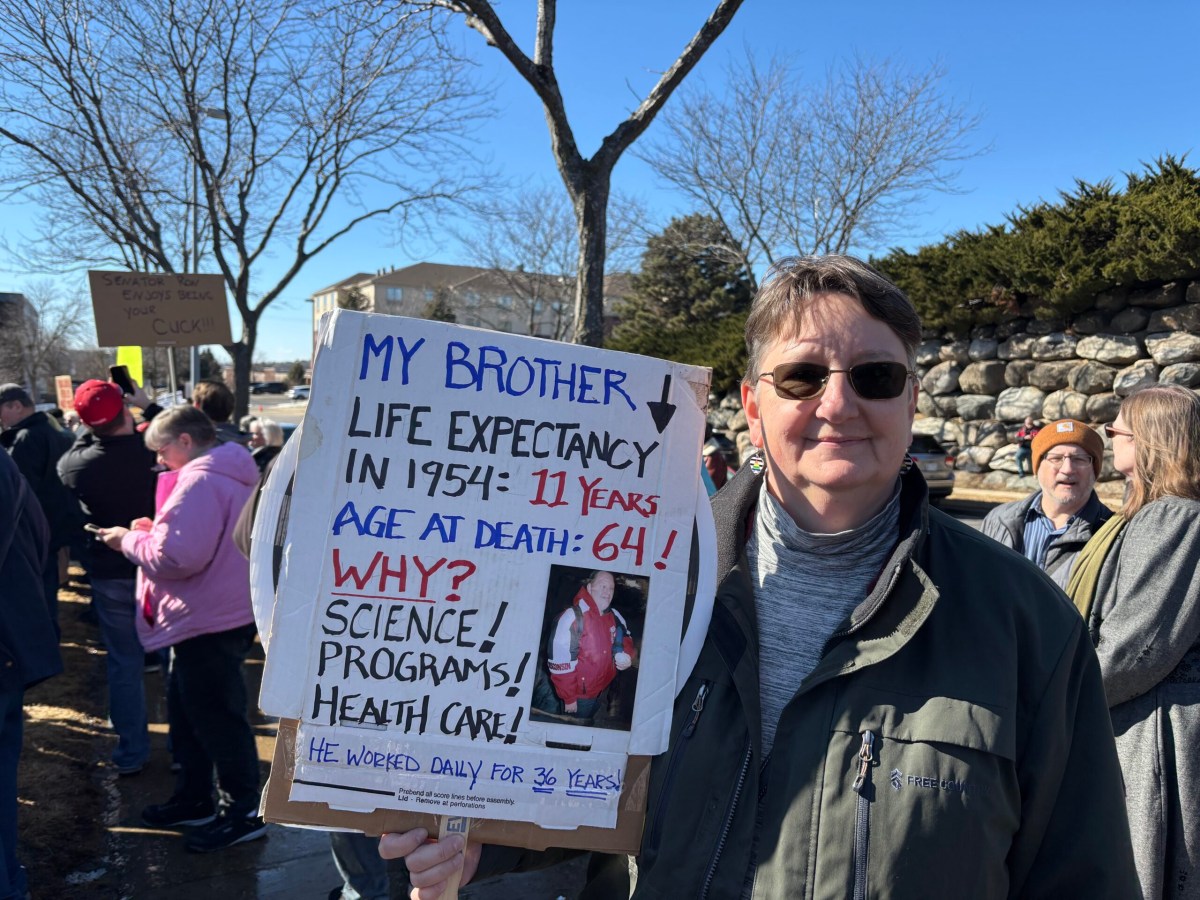On Jan. 22, Wisconsin Watch reporter Hallie Claflin and photojournalist Joe Timmerman joined a group of volunteers in Jefferson County overnight to observe the annual “point in time” count of the homeless population. These counts are conducted on the same night in January across the country to provide a one-night snapshot of homelessness.
But this count has multiple pitfalls, as noted in our recent investigation.
What did they find? A pair of dedicated volunteers and a count that, while increasing, still struggles to capture the true homeless population, especially in rural areas.
What made us interested in observing the PIT count?
In December, we traveled four hours to the small town of Shell Lake where a homeless father and daughter who had been living in their car for over a year gave us a glimpse into their everyday lives. After extensively investigating the rural homelessness crisis across the state, we realized this family wouldn’t have shown up in the January PIT count because they were temporarily staying in a friend’s basement.
We wanted to understand who actually gets counted, and who doesn’t. The unhoused population is increasing, but who is missing from the data?
What we saw
After attending Gov. Tony Evers’ State of the State address at the State Capitol in the evening, we hopped in the car and headed to Jefferson County for the late night count. We rode along with the volunteers as they surveyed the county. A fresh layer of snow added even more bite to the single-digit temperature, and we couldn’t stand outside for much longer than a few minutes before retreating to the heated car.
In Johnson Creek, we found cars lined up in the back of a local restaurant and truck stop. Here, several people were found sleeping in their vehicles, one with a child in the back. The volunteers, Sandy Hahn and Britanie Peaslee, were quick to give them an extra blanket. The woman and child inside had been living in the van for six months, and she was working at the restaurant.
On the drive, the pair shared stories about past PIT counts they had participated in. We followed along as they drove through parking lots, checked around corners, went into public bathrooms, searched rest stops, and asked gas station workers if they had seen anyone who was unhoused.
Another person sleeping in a car wouldn’t engage with them. Because of this, they couldn’t verbally verify that they were homeless, which means they weren’t included in the official count. The car was running — likely for warmth — and the windows were covered with blankets for privacy.
We quickly realized many unhoused people aren’t included in the count based on this rule alone, among the many other restrictions on who they can count.
Related Story
How a tip helped us understand rural homelessness in Wisconsin
Wisconsin Watch values tips from the public about issues affecting people’s lives. That’s what sparked our investigation of rural homelessness.
The volunteers left a blanket on the windshield and continued on, acknowledging that if in their position, they would also be hesitant to talk to two strangers at 2 a.m. in the snow.
Peaslee and Hahn were thorough in their search and were one of four groups covering the county.
It was clear the volunteers could search all day and all night and still never find a fraction of the total population, but they do their best with the guidelines they are given.
We parted ways around 4 a.m. — barely staying awake — and made it back to our warm apartments by 4:30.

Wisconsin Watch is a nonprofit, nonpartisan newsroom. Subscribe to our newsletters for original stories and our Friday news roundup.

